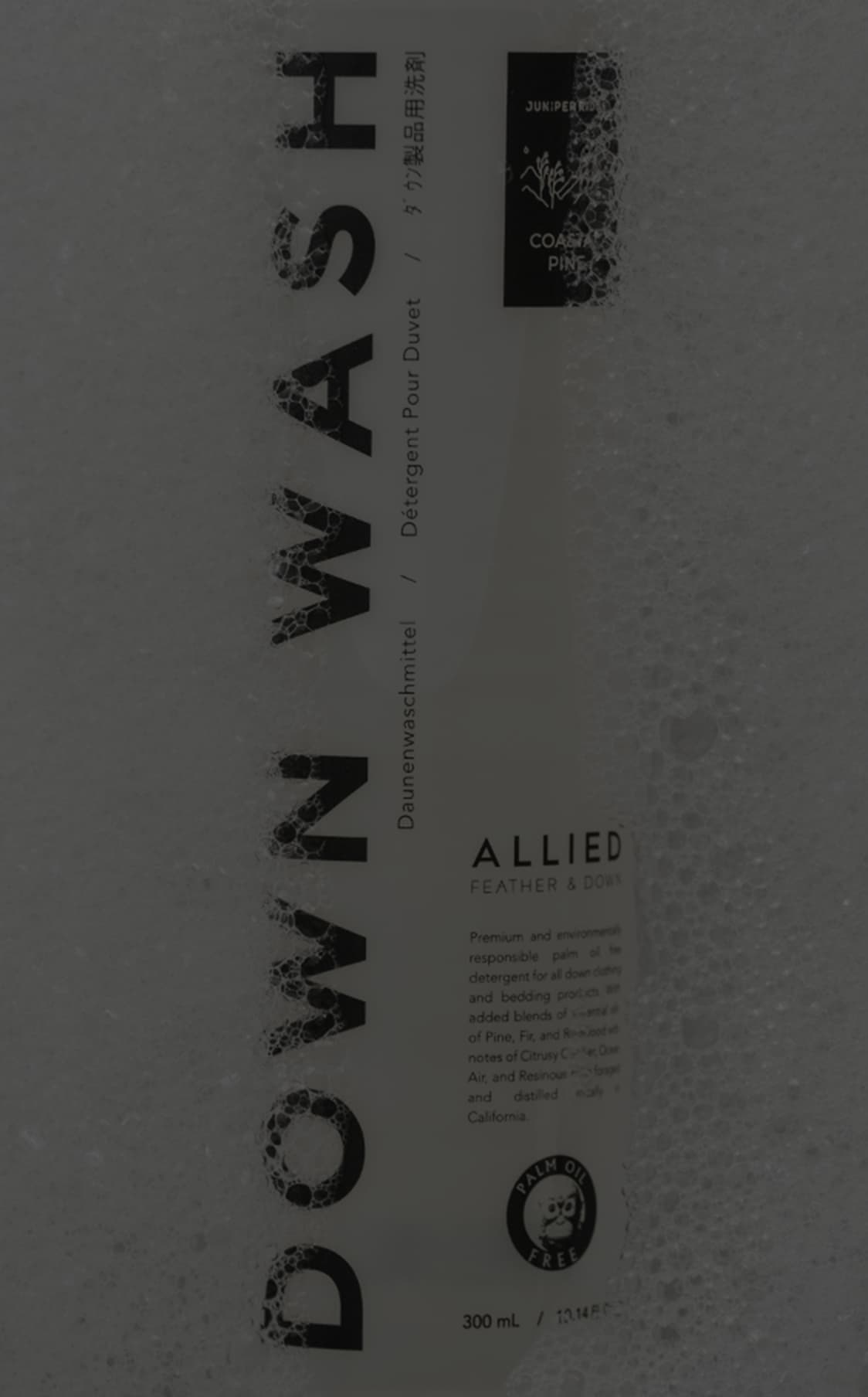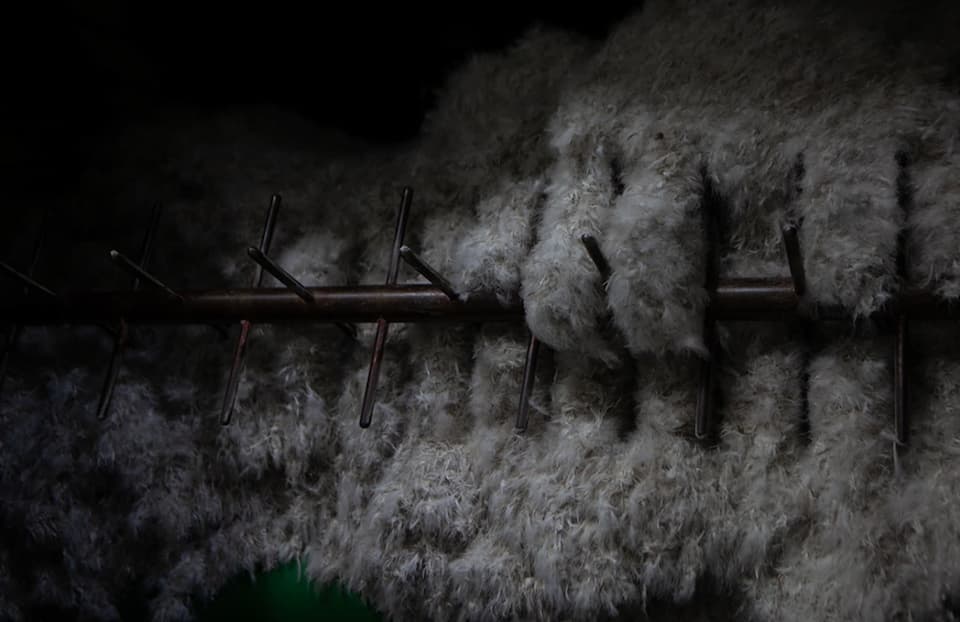Because not all down is created equally, it is important to understand how subtle differences in processing can make a significant difference in performance and longevity.
Many vendor sourced suppliers will process down extremely quickly and with harsh chemicals to get the material as clean as possible as quickly as possible in order to offer material cheaper. While this might provide a cheaper material for less expensive fast fashion products, these products will not perform as well or last as long as material processed correctly. There can also be a risk of contamination of down with PFAS which has implications for both the product and the environment where these chemicals are applied.
THE USE OF HARSH CHEMICALS
First, down has the potential to be amongst the lowest environmental impact of any material used in the entire apparel industry, but washing with harsh chemicals not only leaves traces of PFAS, but unnecessarily harms the local environments where these chemicals are used. Further, any material now run through these facilities will certainly show signs of PFAS for decades to come.
The harsh chemicals may get the down clean quite quickly, but they are also likely to strip the protein of the fat and oils needed to retain resiliency and return to loft after compression. The down may look fine in the garment on the rack, but a single season will often reduce the majority of this type of processed down to fiber – losing loft and warmth. Properly processed down should last for decades.
HOT FAST DRYING
Again, how the down is handled through the drying process can greatly affect the fat and oil on the protein the same way harsh chemicals can. In order to save money, suppliers will push hundreds of kilograms of down through extremely hot driers in order to cut down the overall processing time. What one is left with is either down with all the fat and oils burned off or material that is inconsistently dried that will cause issues such as mold while the down is stored and prepared for manufacturing.
It is critical to not only understand where your down has come from for animal welfare concerns, but also in how it was processed so you can rest assured that your down product will last a lifetime and has a significantly lower environmental impact than a synthetic alternative.














